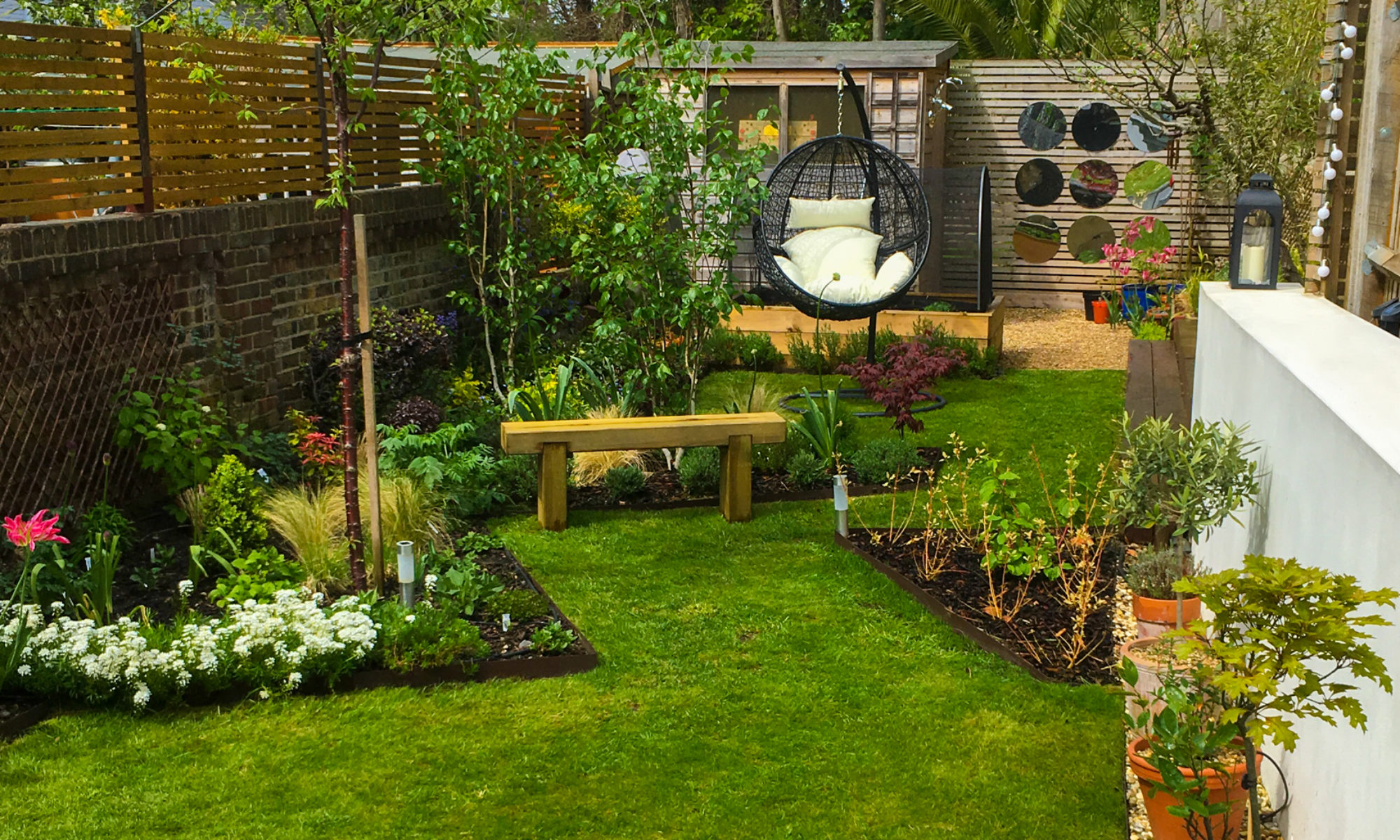Is this you? «I don’t want to spend any money on my yard because I only rent.» Or this? «If I have to move, all the work in my yard will have been wasted.»
I heard variations of these statements many times in the cities I have lived in. Well, good news for all you renters: there are ways to brighten up your yard and make it a part of your living space that will not break the bank or feel like you did all that work only for someone else (the property owner) to enjoy it. Here are some tips that reflect my experiences over the years.
Container love
You can‘t take it with you? Yes you can! Containers are the solution if you want to enjoy your favourite plants and be able to take your green friends with you to your next address. Put all your large and heavy pots and planters on caddies to move them easily. A great bonus of container gardening is the sheer variety of containers to choose from. Pots of all shapes and sizes, hanging baskets, plant shelves… Choose colours (of both planters and plants) carefully and pay attention to the proportions of container size versus yard size. Then have fun getting your hands dirty!
Eat your (own) greens
What can you plant, enjoy and consume during a short-term lease? Fruits and vegetables, that’s what. Sow out salad in winter, plant tomatoes in spring, sit amongst blueberry bushes, harvest a bunch of sage from your herb garden, and you’ll have that satisfying feeling of self-sufficiency only a true backyard farmer knows.
Shop wisely
If you are in the fortunate position to have a large plantable area but dread the cost of filling it, relax! Remember that seeds are much cheaper than plants, and a colourful wildflower meadow grown from seed is one of the cheapest gifts we can make our planet. Roam plant exchanges or plant sales in your neighbourhood for a bargain penstemon or fern. Tool exchanges allow you to rent equipment if you don’t happen to be on friendly terms with your neighbours. Ask for permission to cut a branch off a plant for propagation wherever one catches your eye (requires advanced skills!).
Cover your back
More a reminder than a tip: make sure the property owner agrees to any changes you want to make to the yard. Get their OK in writing. Be safe.
As a renter, you may live in someone else’s house, but this is your home now. Your outdoor space is part of it. If you deserve a beautiful, liveable home, you deserve a beautiful, liveable garden just as much.
